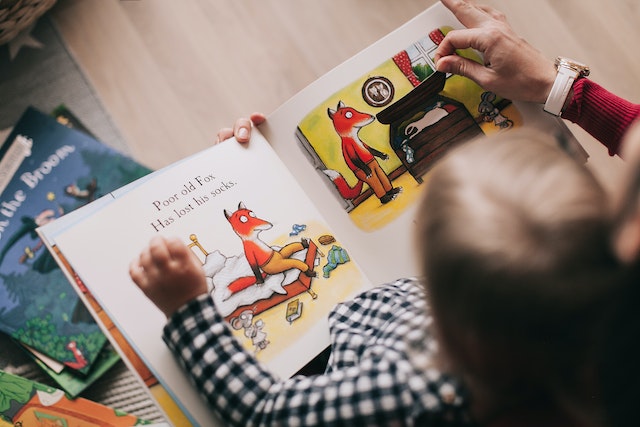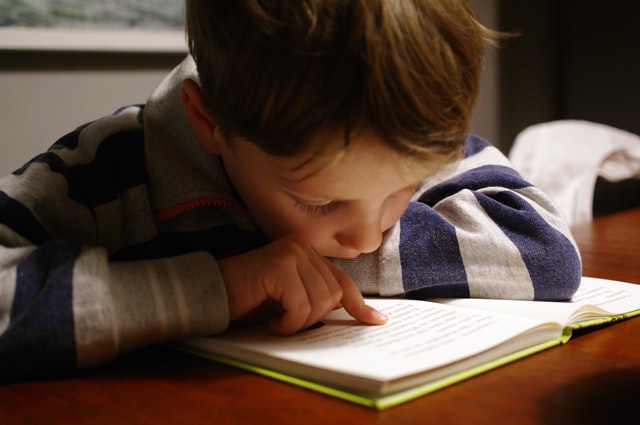Children who experience reading as fun are more invested in the process, increasing their confidence and fluency. Classroom environments rich with print, labeling objects, and signs encourage students to engage in literacy play and storybook reading. Writing and illustration method also develop a love for learning and a lifelong appreciation of storytelling.
Visual Literacy
Being visually literate means being able to understand and produce visual communication. It is an essential aspect of human language and empowers people to engage effectively in our progressively visual world.
Building visual literacy skills alongside the traditional reading comprehension activities you undertake with children and students is possible. Using images or visual elements instead of written words as part of planned learning across the curriculum can be particularly useful for younger learners and those whose first language is not English.
Being able to read the non-verbal messages conveyed by body language or facial expressions is one of the earliest forms of visual literacy that children develop. Similarly, they may begin to understand narratives through the illustrations included in picture books. This understanding of the visuals can help them improve their reading comprehension as they grow older and continue to learn in school. This is because it allows them to focus their energy on the text without relying solely on sounding out each word.
Visual Comprehension
Teaching visual literacy through reading comprehension activities is a powerful way to engage learners in learning. By utilizing images and pictures as a focus, you can help struggling readers and nonreaders make the same thinking connections that their peers decoding text can.
Children need to visualize the words they read to understand them. This involves creating a mental movie about what they are reading.
Picture books with or without text are excellent models for this strategy. Recipe books and instruction manuals are other examples as well. These texts provide step-by-step directions and pictures to help readers learn how to perform a task. This type of visualization is very important to students attempting to read difficult words or unfamiliar topics. It also helps them remember and retain the information they have just read.
Visual Reflection
When it comes to writing, kids need to see that the process of writing can be a fun and engaging experience. If they see that it’s not always easy or a quick task, they may be less willing to engage in the process.
Picture books are an ideal tool for delivering this message. They often occur in the present tense and actively engage children, helping them feel they are part of the story.
In addition, these books are great for demonstrating how authors use words and images to communicate their ideas. By examining the visuals in these books, students can practice responding to the assignment from personal, critical, or creative perspectives. For example, they can ask themselves, “What idea does this visual communicate?” and support their response by referring to the major details of the visual. This will help them develop a deeper understanding of the assignment and the overall concept that is being conveyed.
Visual Communication
Visual communication is the transmission of information through images. It’s a key element educators, and businesses use to convey complex concepts, ideas, or information. Visuals can be physical objects and models, charts, graphs, drawings, photos, logos, diagrams, or video presentations.
One benefit of visual communication is that it allows you to communicate information faster and more effectively. It can also improve comprehension, aid in memory retention, and increase audience engagement.
For example, traffic signs can convey important messages instantly to drivers without the need for language or writing. Likewise, infographics can explain complicated survey data in a way that’s easy for audiences to understand.
Picture books are a great tool to help young children develop reading comprehension skills. They also allow teachers and parents to engage with their students around the story, pictures, and text. These conversations build connections between the story and students’ real-world experiences, which is a powerful learning experience for all.




